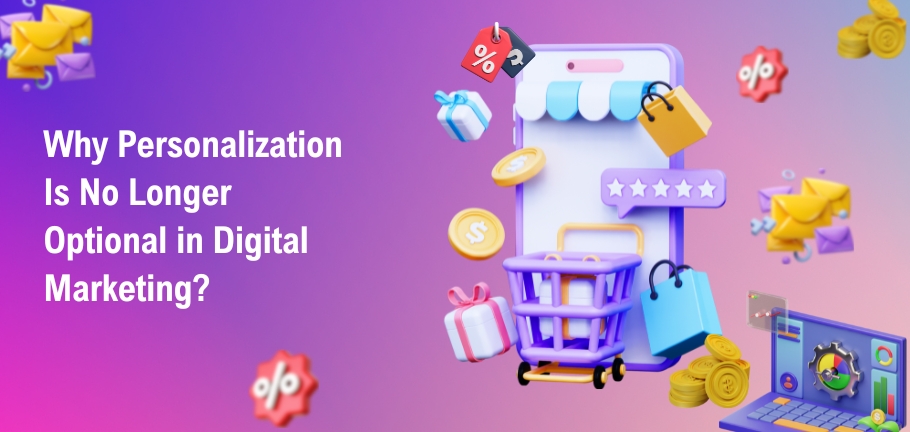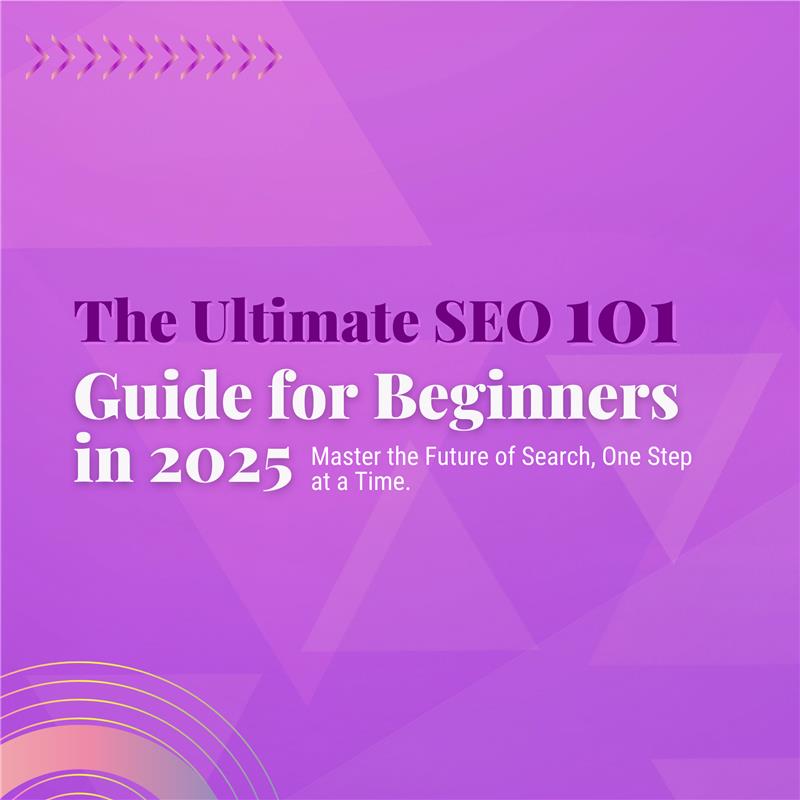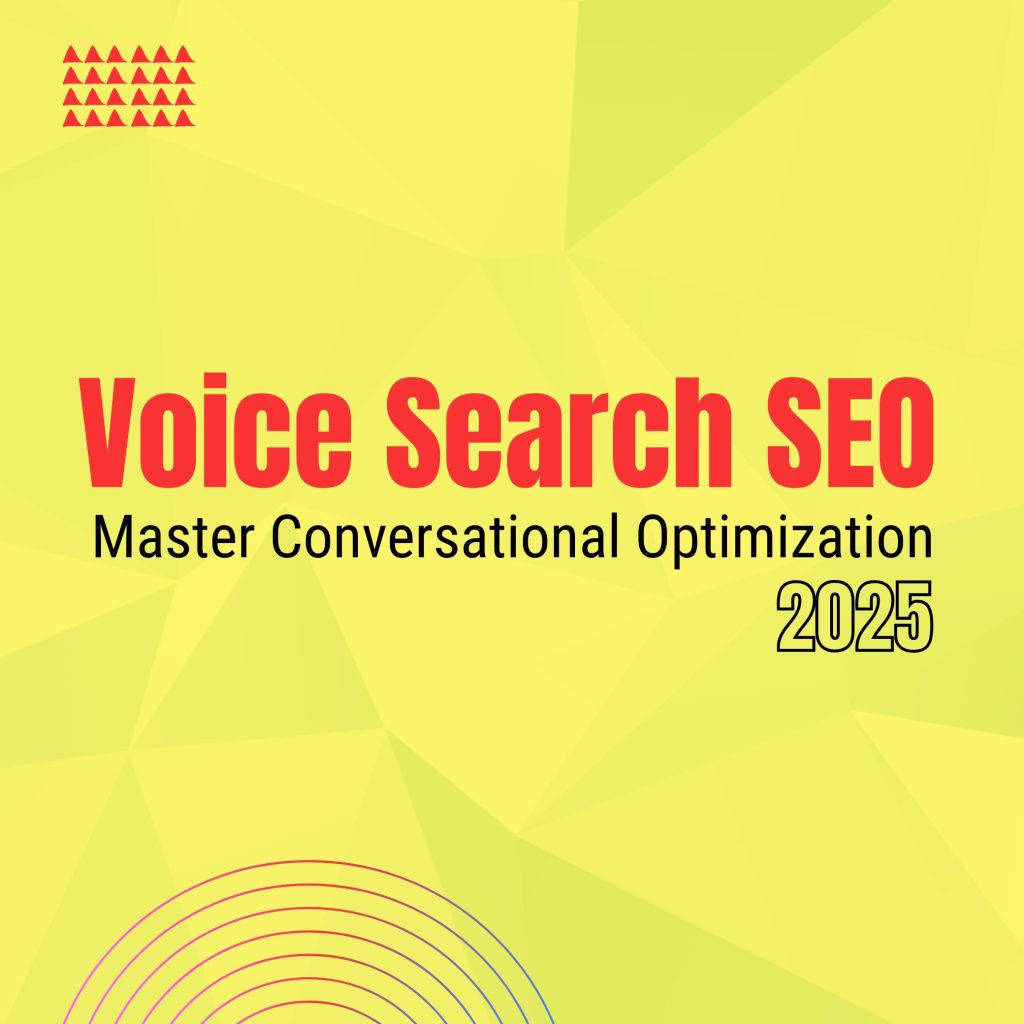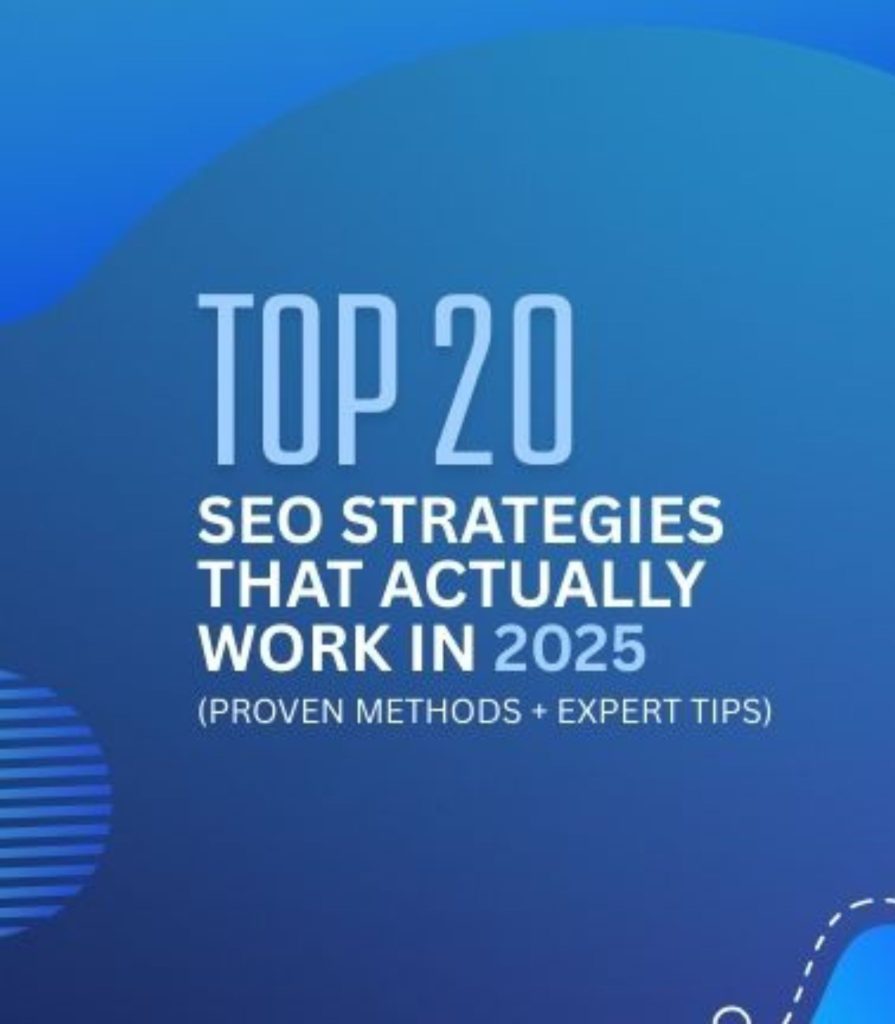As the digital marketing landscape continues to change rapidly, it’s clear that personalization is no longer an option: it is a necessity. In the sea of advertisements, emails, and content, the brands that stand out will be the ones that speak directly to the individual. Personalization is more than inserting someone’s first name into an email; it’s about delivering meaningful and relevant experiences that make an impact on the individual and cause them to act.
This article will explore why personalization has become the lifeblood of digital marketing success and why neglecting the personalization phenomenon could keep your brand stuck in the past.

What Is Personalization?
Personalization in digital marketing is the act of delivering relevant content, offers, communication, and experiences to users based on an understanding of that particular user with the help of data on their behaviours, preferences, regions, demographics or purchase history. Personalization is not simply adding a first name to an email. If you are new to the basics, check out our Digital Marketing 101 guide for foundational strategies.
Personalization relies heavily on understanding user behaviour in real time, and an AI analytics tool can help uncover those insights to drive more targeted marketing efforts. True personalization will involve a dynamic and customized experience, which involves showing the right product at the right time to the right person through the right channel. Whether it is a product recommendation on an e-commerce site or a personalized push notification, this level of personalization makes the customer feel like your business “understands” them.
The world is moving from generic, broad experiences to hyper-targeted experiences, which will totally change how businesses engage with their audience. There is now a very real opportunity to tailor experiences according to what individual users and customers do and how they respond. The brands that fail to adapt risk becoming irrelevant.
1. Grabs Attention Fast
In a world where consumers are bombarded with thousands of ads, posts, and promotions daily, attention spans are shorter than ever. You have only a few seconds, sometimes milliseconds, to make a connection.
This is where personalization can be your superpower. Think of it like this: What if I showed you two ads? One ad says, “Check out our new shoes.” The other ad says, “Hey Jessica, your size 7 running shoes are back in stock! Get them before they are all gone!” Which one are you more likely to click?
Personalized content is instantaneously able to cut through the noise, as it feels relevant. It addressed the needs, interests, or recent behaviours of the consumer personally, allowing it to generate immediate clicks and click-through rates. Research indicates that personalized emails generate 6x higher transaction rates than non-personalized emails. If you want your message to get through the digital noise, personalizing your content is the magic key.
2. Builds Trust and Connection
Modern consumers are not just buying a product; they are buying relationships, values, and experiences. Personalization is a critical building block for creating those emotional connections. When a brand consistently provides value that feels custom-made, it sends the message, “We know you. We care.” That builds trust.
For example, Spotify’s yearly “wrapped” campaign is not just a data compilation, it’s a cultural event. Why is that? Because it’s uniquely personal. People feel recognized and appreciated, which deepens their emotional connection with the platform.
In a digital age where distrust is common, personalized experiences help customers realize that your business isn’t just harvesting their data; it’s using data responsibly to enhance their experience, not annoy them. And that’s what builds loyalty, not just conversions.
3. Boosts Sales and Conversions
Let’s talk about the bottom line. Personalization is not just good for your brand image, it also accelerates revenue growth. McKinsey shows that companies that have mastered personalization make 40% more revenue from personalization than the average player. Why? Personalization creates a more robust experience to funnel the customer down the path to a purchase.
From an email reminder to a customer about abandoned carts to an AI recommendation engine to dynamic pricing based on historical behaviour, it pushes a user closer and closer to purchase. Conversion takes place when relevance meets timing, and personalization keeps you hitting both.
4. Improves Customer Retention
Attracting a new customer can cost 5 to 7 times more than retaining an existing customer. Keeping customers is your true growth driver, and personalization is the driving force.
When customers feel understood and valued, they come back. A personalized (after purchase) thank you email, a birthday discount, or a personalized loyalty program offer you the ability to elevate lifetime value.
Moreover, personalization allows for continuous engagement, even after the sale. Netflix and Amazon are masters of this, constantly serving up recommendations that keep users coming back for more. Retention does not merely happen; it must be earned! And personalization is how you earn it.
5. It’s Easier Than Ever Now
In the past, personalization involved huge costs in data infrastructure, technology talent, and time. Not anymore. With inexpensive marketing platforms, AI tools, and customer relationship management (CRM) systems, even the smallest businesses can do personalization projects effectively without too much investment in time and budget for the platforms.
You may simply use Mailchimp’s smart segmentation, HubSpot’s lead scoring, or Shopify’s product suggestions based on history, and personalization works for you right now. You do not need to be a data scientist to be able to personalize. You can use these tools and develop a strategy that lets you improve your personalized content, and any company can be able to play this game.
6. Works Across All Channels
Personalization is not limited to emails or websites. It is a cross-channel force. From personalized SMS initiatives to customized chatbot responses, from tailored social media advertising to individualized mobile app experiences, the opportunities are endless.
Omnichannel personalization ensures that no matter where your customer goes, be it Instagram, inbox, app, or browser, they’re having a consistent and seamless experience that matches their preferences and behaviours. This 360-degree personalization can improve both customer satisfaction and campaign performance. It ensures you’re not just present on every channel; you are relevant.
7. People Expect Personal Experiences
Here’s the clincher: customers expect personalization now. In fact, 71% of customers say they feel frustrated with a shopping experience when it is impersonal, and 80% are more likely to purchase from a brand that offers that personal experience (Epsilon, 2022). The perception of personalization has changed from a pleasant surprise to a standard expectation.
Not providing is now a negative experience, rather than a neutral one. Expectations are at an all-time high, specifically with Gen Z and Millennials who were raised on smart algorithms and customized content. They want brands to know them, remember them, and treat them accordingly. Not personalizing your message doesn’t just lose a sale – it loses trust.
8. Competitors Are Already Doing It
If you are not personalizing, your competitors are, and they are winning because of it. Top brands such as Amazon, Netflix, Sephora, and Nike have been investing in personalization for some time and reaping massive returns. But it’s not just enterprise giants. Your peers and even startups are doing it too.
With personalization capabilities now baked into most major marketing platforms, your competitors can now leverage data and deliver hyper-targeted content easier than ever. That means if your brand continues to remain generic, you will be running behind the competition. In the race for relevance, personalization is not just a booster, it’s your survival kit.
9. Data Makes It Possible
All of this is made possible thanks to one thing: data. First-party data is data that a company collects directly from its own customers or visitors, like purchase history, website behaviour, and preferences. This data is valuable because it gives brands a clear, factual understanding of their audience, which is critical for personalized marketing messages.
Personalization requires first-party data in order to provide content and offers that accurately reflect what each respective customer wants. Without that data, marketing becomes generic and less efficient. As consumers expect brands to understand their needs, personalization is not an option: it is a must to keep customers engaged.
As privacy restrictions tighten and third-party cookies fade, there is no better way to extract insights than through first-party data. Brands that responsibly process their first-party data can maintain the trust of their customers while providing the personalization that consumers now expect in their digital marketing. In a world where personalization based on first-party data is not readily available, brands are growing irrelevant and therefore missing out on attention and revenue opportunities.
10. Helps You Understand Your Audience
Personalization involves gathering and analyzing data to unlock the information about your customers, like what they buy, how they browse, what they like, etc. All these insights will give you a much clearer idea of who your audience is. Rather than making educated guesses, you know their interests, habits, and needs. When you know your audience well, you can create marketing messages that speak directly to them. Your campaigns become more relevant and effective, as they are about solving real problems or giving them things they want.
Having a better understanding of your audience makes it easier to identify new trends or changes in behaviour. It means you have a chance to adjust your marketing thinking quickly, while competitors may be slow to react. In this way, you can be responsive to your marketing plans and one step ahead of competitors while giving customers early access to what they want.
Conclusion
The digital marketing battlefield is no longer about who’s the loudest, it’s about who’s the most relevant. Personalization gives you that edge. It’s not just a buzzword. It’s the bridge between brand and customer, between attention and action, between one-time buyers and lifelong fans.
If you’re not personalizing yet, you’re not just missing an opportunity, you’re falling behind. Start small, start smart, but whatever you do, start now. Because in 2025 and beyond, personalization isn’t optional. It’s essential.. Explore more advanced strategies in our Digital Marketing 2025 guide.

I am Wajiha Ghazal, Co-Founder of Concept Beans Pvt Ltd and AI Digital Marketing Expert and With a focus on AI-powered tools, strategies, and automation, I help businesses scale and thrive online. My expertise spans AI-driven SEO, paid advertising, content marketing, and data-led growth hacking. Passionate about the future of digital marketing, I actively share insights through global platforms and training sessions.


